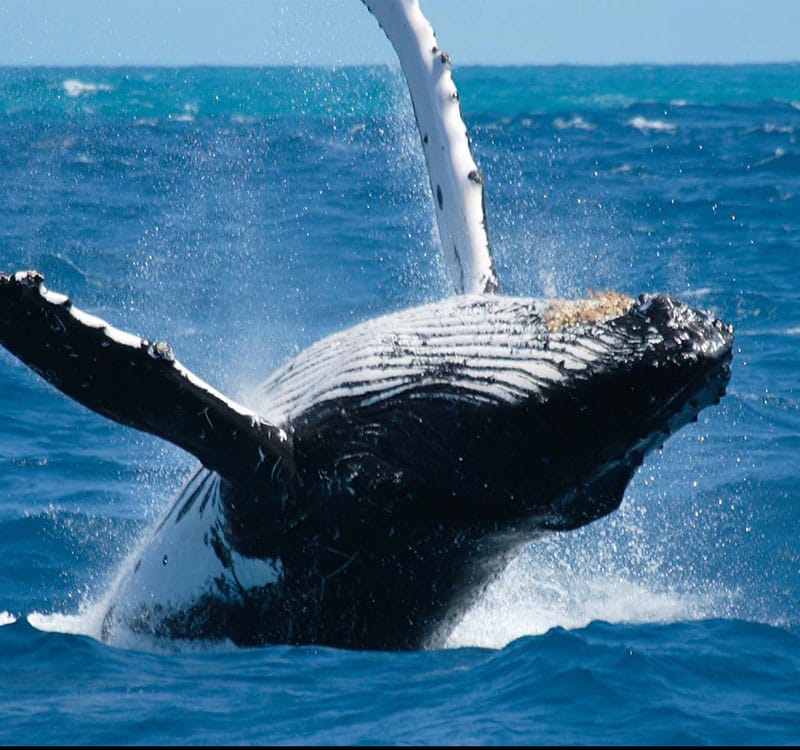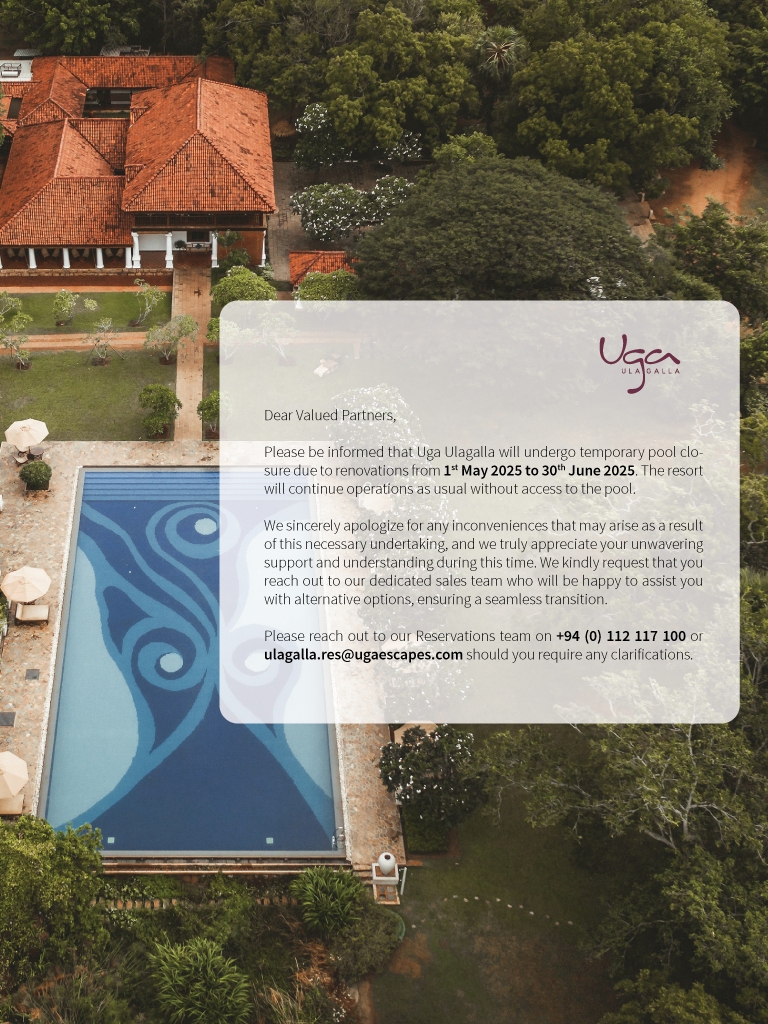Attractions
Experience the Charm of Trincomalee, Sri Lanka
Famous for its deep, sapphire-blue harbour, its powdery beaches and charming Hindu culture, Trincomalee has always been one of Sri Lanka’s most captivating destinations. Located along the far-flung north eastern coast of Sri Lanka, it is easy to reach from the Cultural Triangle, and can be accessed via air from a handful of locations in Sri Lanka.
History of Trincomalee
Any introduction to Trincomalee begins at its magnificent natural harbour, considered for millennia to be one of the finest in Asia. It was used as a trading port throughout the Anuradhapura and Polonnaruwa periods, and was later the focus of battles during the colonial period when succeeding European nations vied for control of the island. When it was the turn of the British to colonise the island, then known as Ceylon, the Royal Navy established a naval base at Trincomalee which was later attacked by Japanese fighter pilots during World War II. At the Trincomalee War Cemetery, you can wander between rows of white gravestones belonging to soldiers of the British Empire killed during the war.
Where is Trincomalee?
Trincomalee is located on Sri Lanka’s north eastern coast. Stretching either side of a narrow peninsular, it is flanked by some of the most idyllic white-sand beaches in Sri Lanka. Trincomalee is a two-hour drive from Anuradhapura, in Sri Lanka’s Cultural Triangle, and 265-kilometres from Colombo. You can also fly into Trincomalee’s domestic airport.
What are the highlights of Trincomalee?
Some of Trincomalee’s highlights include a spray of white-sand beaches, exceptional diving, whale watching voyages, the history and culture of Fort Frederick and Konneswaram Temple, and the chance to soak up a way of life characterised by Tamil Hindu culture.
Where is the best diving and snorkelling in Trincomalee?
The coastal waters off Trincomalee are blessed with an abundance of marine life. Diving and snorkelling are popular past-times, and no-where is better for this than Pigeon Island National Park, a 10-minute’ boat ride from Nilaveli beach. Named after the blue rock pigeons that have colonised the twin islands here, the vast majority of the national park is underwater. Coral reefs harbor turtles, black tip reef sharks and over 300 varieties of fish. Tickets for the national park need to be purchased prior to arrival on the island.
What are the best beaches in Trincomalee?
Trincomalee’s beaches are known as some of the most beautiful in Sri Lanka. Be greeted by powder soft sand lapped by clear water and a backdrop of crackly-leafed sugar palms. Each of Trincomalee’s beaches has its own charm. Uppavali, north of Trincomalee, is the most developed of the town’s beaches and backed by large resort hotels. Ten kilometres beyond Uppaveli is Nilaveli, a wide expanse of beach with a collection of low-slung hotels and guesthouses. Much further north at Kuchchaveli is a near-deserted beach backed by lush palms that stretches as far as the eye can see, and just one resort, Uga Jungle Beach.
When is the best time to visit Trincomalee?
Trincomalee may be visited throughout the year, however its summer season, between April and October, is generally best for dry, sunny conditions and clear water. The north western monsoon occurs between November and February, however since this part of the island falls under the Dry Zone, rainfall (compared to the southern monsoon) is much less.
Can I go whale watching in Trincomalee?
Yes! The ocean off Trincomalee is one of the best places to go whale watching in Sri Lanka. Between the months of May and September, catamarans and boats head out daily to the deep sea in search of blue and sperm whales, often also seeing turtles, flying fish and sea eagles. Seeing whales in their natural habitat is a breathtaking experience that should not be missed. Some hotels, such as Uga Jungle Beach, offer private whale watching trips.
Exploring Fort Frederick
If you can tear yourself away from Trincomalee’s beaches, we highly recommend a visit to Fort Frederick and the Konneswaram Temple. Fort Frederick dates back to the Portuguese period in Sri Lanka yet many buildings were rebuilt or redesigned by the Dutch, and later, the British. Most of the fort is occupied by the Sri Lankan military (sharing the shady grounds with herds of spotted deer), however you can explore the old fort and admire many of its most historic buildings on foot. Look out for the Georgian-era Wellesly House.
Visiting the Konneswaram Temple
Perched 400 feet above the sea, at the southern extremity of the peninsula that separates the inner from the outer Trincomalee harbour, lies a magnificent temple dedicated to Lord Shiva (one of only five such temples in Sri Lanka). Referred to by European writers of the 18th and 19th centuries as the ‘Temple of a Thousand Pillars’, it is a sacred ground for Hindu devotees. The temple sits prominently in Fort Frederick on Swarmi Rock – a promontory boasting spectacular views over Trincomalee Harbour. If you’re visiting the temple, we’d recommend wearing (or bringing) socks and covering your knees and shoulders.
Other attractions in Trincomalee
Do visit the Sri Pathirakali Amman Kovil to gain a colourful insight into Hindu religious culture – the aroma of incense will hit you from the street. The exterior structure is one of the most vivid in Sri Lanka, evocatively decorated with figures, pillars and Hindu gods, whilst inside the complex of connected shrines, murals visualise stories from the scriptures.


